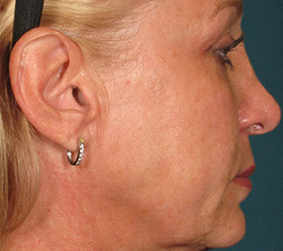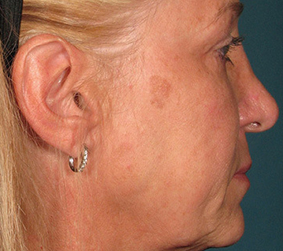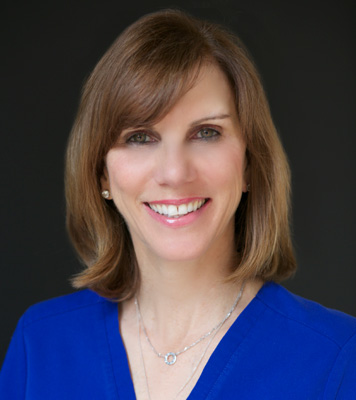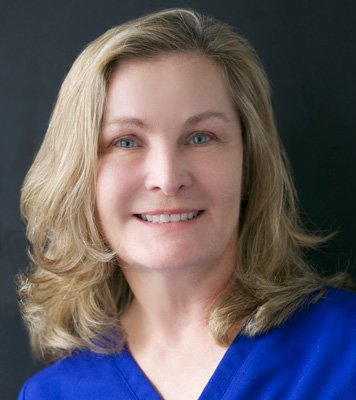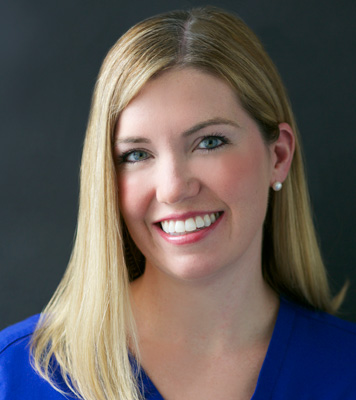Acne
Young and Old in the South Shore and Beyond Suffer From This Telltale Condition
The most common skin condition in the United States, considering both cosmetic and medical dermatology, is acne. In the South Shore, the South Coast Dermatology team regularly assesses and treats men and women, teenagers and adults—all seeking help for the problem that can range from small, isolated spots to large, noticeable, and even painful bumps. Acne is best known for appearing on the face, but it can also pop up all over the body, including the back, chest, and buttocks.
While multiple acne treatments are available, they work best when tailored to the patient. A consultation is very important, since the visit allows one of our physicians to make a detailed assessment of the problem and figure out which solution would work best.
Send a message online today to set up a consultation to discuss acne in Weymouth, the South Shore, and all of Massachusetts at South Coast Dermatology. Call 781.335.9700 for more information.
What is Acne?
At any given time, up to 50 million people in the United States alone are estimated to be dealing with acne in some form or another. One reason it is so common is because it can happen so easily: Acne is nothing more than an unfortunate interaction between a follicle, some dead skin cells, and bacteria found on the skin.
Typically, follicles routinely shed dead cells through a small opening in the skin—a pore—without difficulty. However, an overabundance of oil, known as sebum, can cause dead cells to clump together and form a plug. If p. acnes bacteria are trapped inside a follicle with the oil and cells, the environment is perfect for a microscopic population explosion.
As the numbers of bacteria swell, so does the clogged follicle.
Why Does Acne Form?
Since this unwelcome condition requires a mix of sebum and skin cells, it is most common in people whose follicles produce an overabundance of oil. Hormonal shifts can cause increased sebum production, which is why the term "hormonal acne" is applied to lesions that pop up in everyone from teenagers going through puberty to pregnant women. Even certain phases of a menstrual cycle can trigger more oil production, leading to breakouts.
What Are the Different Types of Acne?
The earliest stage is considered non-inflammatory and includes two types of tiny lesions known as comedones: whiteheads and blackheads.
Whiteheads are closed off to the surface, which keeps the material inside a light color that gives these spots their name.
Blackheads have opened to the surrounding air, which interacts with the bacteria-filled sebum and causes it to darken to create a distinct pinpoint.
With both of these types of acne, the follicle walls remain intact. If the walls rupture, the resulting acne is considered inflammatory and is usually more noticeable.
Papules are tiny red bumps that appear as white blood cells flood in to deal with the inflammation, further swelling the follicle.
Pustules result from concentrations of white blood cells pushing to the surface, forming a bump tipped with a pale bulge. These are more commonly known as pimples or zits.
Further ruptures in the follicle wall can lead to more significant forms of acne.
Nodules develop when the floor breaks and causes the entire follicle to collapse. These appear as large bumps that may be painful to the touch.
Cysts are even larger lesions that extend into the tissue around the collapsed follicle. The goo made up of skin cells, oil, bacteria, and white cells can harden, creating tough masses that form visible bulges.
Because they extend deeper into the skin, nodules and cysts can leave permanent acne scars.

Our Specials
Stay up to date with South Coast Dermatology discounts and specials for beautiful, healthy skin.... For less!
Read MoreWhat Acne Treatments Are Available in the South Shore Area?
The South Coast Dermatology team offers a range of acne treatment options to help patients dealing with various degrees of the condition. Everyone gets a handout explaining more about the problem and what can be done. Daily face washing with a gentle cleanser—nothing harsh or abrasive—can help keep pores open.
Certain acne medications or topical creams may be applied. Mechanical extraction involves using a special tool to press the skin surrounding a plugged pore and expel the material inside. Patients should know that working with a dermatologist is crucial, as attempts at home to squeeze, pick, or scratch away the problem can cause ruptures and inflammation, worsening the condition or causing scars.
For flare-ups, blue-light therapy uses specific wavelengths to kill the p. acnes bacteria, reducing swelling and inflammation. Multiple acne treatments may be necessary to maintain clearer skin, but overall, blue light can be very effective at treating the problem. Chemical peels are also an effective treatment, as they remove dead skin cells and open pores.
Patients whose acne has progressed to the point that it has left scars are not without options of their own. Dermal fillers involve the injection of small amounts of a specially formulated gel or fluid to add volume just beneath the skin, which can raise depressions and temporarily create a more even surface. Vivace™, a treatment that combines the collagen-inducing effects of microneedling and radiofrequency energy delivery, can reduce the appearance of marks left behind by nodules and cysts. Microneedling alone may be a solution, while peels can also reduce the appearance of scars.
Discover what you can do for your acne at South Coast Dermatology, serving the South Shore and beyond in Massachusetts. To arrange a consultation, send a message online. Call 781.335.9700 for more information.





